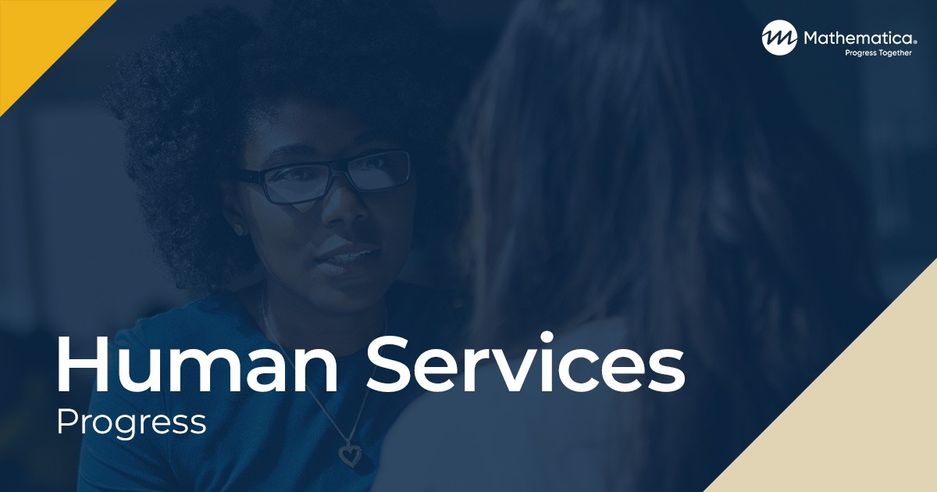A Year in Head Start: Findings from FACES 2014 on Children’s Progress Toward School Readiness During the 2014-2015 Program Year
Head Start: The Family and Child Experiences Survey (FACES)
Prepared for:
U.S. Department of Health and Human Services, Administration for Children and Families, Office of Planning, Research, and Evaluation

Key Findings:
- Head Start children (including DLLs) make progress during the program year in receptive and expressive vocabulary, letter-word knowledge, and early math skills. However, in both the fall and spring, children still perform lower on language, literacy, and math skills, on average, than children of the same age nationally. One exception is that DLLs who most often use Spanish at home score above norms in conceptually scored expressive vocabulary in both fall and spring.
- Children in their first program year make more progress from fall to spring toward national norms than children completing their second year on most cognitive skills. Children in their second program year start in the fall performing closer to norms than children in their first year with, perhaps, less capacity for change.
- Children have better social skills, exhibit more positive approaches to learning, and have stronger executive function skills compared to the fall, regardless of their age or length of time in the program.
This research brief describes the family background and developmental progress of Head Start children as they complete a program year (from fall 2014 to spring 2015), using recent data from the Head Start Family and Child Experiences Survey (FACES 2014). We examine children's growth in cognitive skills (in language, literacy, and mathematics), social-emotional skills, and executive function during the program year to learn about Head Start children's progress toward being ready for school. We consider children's health status, as it can influence children's readiness for school. We also describe the developmental skills of dual language learners (DLLs)—that is, children whose primary home language is not English—at the end of the program year and examine how these compare to their skills at the beginning of the program year.
How do you apply evidence?
Take our quick four-question survey to help us curate evidence and insights that serve you.
Take our survey
